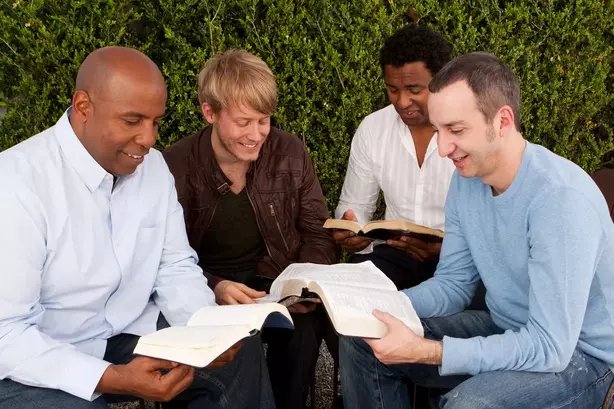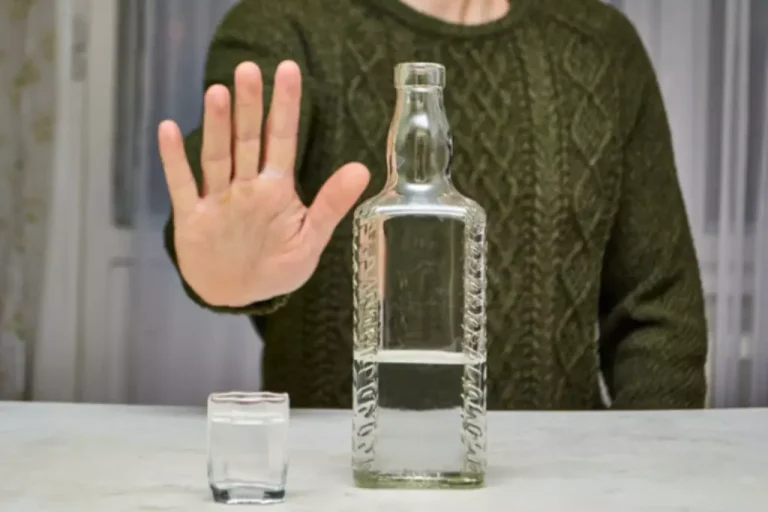
After a report of elder abuse, an assigned APS worker would make an in-person home visit to investigate the nature and severity of the abuse. Community organizations play a critical role in reducing the risk of elder abuse in community-dwelling older adults. Education should be provided to increase awareness of elder abuse in the community. In particular, https://ecosoberhouse.com/ given the cultural and linguistic barriers facing minority older adults, community organizations should improve minority older adults’ access to culturally sensitive services related to elder abuse. Meanwhile, community organizations should sustain and promote collaboration with academic organizations to explore and tackle elder abuse.
- An official website of the United States government, Department of Justice.
- Studies existing only as abstracts, case series, or case reports or that recruited individuals younger than 60; qualitative studies; and non-English publications were excluded (online Figure S1).
- The Substance Abuse and Mental Health Services Administration (SAMHSA) is the agency within the U.S.
- Inpatient treatment is an option for older adults who need around-the-clock care and support while they undergo detoxification and treatment for their substance abuse problems.
- Launched in 2020, the National Elder Fraud Hotline is a free resource created by OVC for people to report fraud against anyone age 60 or older.
Risk Factors for Substance Use Disorders Among Seniors
You can also reach out to your loved ones, support groups and community organizations. The Bureau of Justice Assistance-sponsored Legal Issues Related to Elder Abuse pocket guide provides law enforcement officers with brief explanations of legal concepts, documents, and tools that may be misused to commit elder abuse. The guide also details issues and actions that justice system professionals may consider if they suspect elder abuse has occurred. Department of Justice, indicates that 10% of adults over 60 in the United States experience some form of abuse each year. Studies have also shown that about two-thirds of elder abuse victims are women.
- Older person abuse is an intentional act or failure to act that causes or creates a risk of harm to an older adult.
- In the case of an acute visit, it is critical to get a detailed history of the mechanism of injury or events leading up to their visit as the history requires a comparison to exam findings for congruency.
- Protections such as federal and state nursing home regulations do not stop this type of abuse often enough.
Office of Justice Programs

Review studies were identified and their reference lists examined for relevant articles. Studies existing only as abstracts, case series, or case reports or that recruited individuals younger than 60; qualitative studies; and non-English publications were excluded (online Figure S1). About 60 percent of sexual assault cases in long-term care facilities involve people with dementia.26 Alleged offenders include family members, paid caregivers, and other residents in the care facility.
Physical Changes in the Brain
Under this definition, many actions (including physical violence, verbal threats, or a lack of care) could be considered types of elder abuse. Older adults can be sexually abused by anyone, including nursing home staff, residents, in-home caretakers, friends, and family members. Elder sexual abuse is forced or non-consensual sexual contact of any kind with an older adult. This includes sexual interactions with people who have Alzheimer’s and other dementias that prevent them from giving consent. The National Center on Elder Abuse (NCEA) breaks elder abuse down into 7 different types.

Physical abuse
- If you are an older adult who has been experienced elder abuse or another crime, you are not alone.
- An analysis by the National Institute of Justice (NIJ) found that 87.5% of older adults who were victims of financial mistreatment by someone they knew did not report the crime to law enforcement.
- The abuse of older people, also known as elder abuse, is a single or repeated act, or lack of appropriate action, occurring within any relationship where there is an expectation of trust, which causes harm or distress to an older person.
Nursing homes pose a higher-than-usual risk of abuse versus assisted living facilities. For instance, nursing home residents may have more complex physical or neurological health conditions, making them less able to protect themselves compared with those in assisted living or living at home. Globally, the number of cases of elder abuse is projected to increase as many countries have rapidly ageing populations. Your loved one may be referred to one of the many drug treatment programs designed specifically for seniors. Treatment often includes age-specific addiction support groups that allow seniors to motivate their peers and receive support from other individuals struggling with similar disorders and hardships.
Legal & Governance
The abuse of older people, also known as elder abuse, is a single or repeated act, or lack of appropriate action, occurring within any relationship where there is an expectation of trust, which causes harm or distress to an older person. This type of violence constitutes a violation of human rights and includes physical, sexual, psychological and emotional abuse; financial and material abuse; abandonment; neglect; and serious loss of dignity and respect. The Substance Abuse and Mental Health Services Administration (SAMHSA) is the agency within the U.S. Department of Health and Human Services (HHS) that leads public health efforts to advance the behavioral health of the nation. SAMHSA’s mission is to lead public health and service delivery efforts that promote mental health, prevent substance misuse, and provide treatments and supports to foster recovery while ensuring equitable access and better outcomes. The 2021 NSDUH national report includes selected estimates by race, ethnicity, and age group.
Get a Free Case Review
The misuse of prescription medications is another prevalent issue among seniors. This can happen when older adults have access to different medicines prescribed by multiple doctors. When patients abuse their drugs – either intentionally or accidentally, it increases their risk of developing addictions. Family members and physicians need to educate seniors on proper medication usage and side effects so they can avoid any potential misuse down the line. There are lots of reasons people don’t report abuse in their later years of life.

From your answers, we’ve noted possible signs of nursing home abuse or neglect. Neglect happens when a caregiver fails to protect an older adult from harm, resulting in serious injuries or illnesses. There are also warning signs beyond the injuries themselves that could mean an older person has suffered from physical abuse.
Some common scams include government impersonation (claiming to be from IRS or Social Security), gift card scams, charity and lottery scams, “grandchild in trouble” scam, tech support and other computer-based scams. For example, the Centers for Disease Control and Prevention (CDC) recommends checking in with older people — especially if other loved ones do not live nearby. WHO found that 1 in 3 nursing home residents or their families reported cases of emotional nursing home abuse. The caretaker may leave the older adult at a hospital, nursing home, or another care facility without any formal arrangement or with relatives who did not agree to be caregivers. If your loved one has been injured, make sure to ask caregivers how it happened and if it’s being treated promptly.

Abuse can have serious effects on a person’s physical and mental health and impact their quality of life. Abuse is common among vulnerable adults who might not be able to advocate for themselves or get the help they need on their own. If you see signs of abuse or witness abuse of an older person, report it to your local authorities or call 911 (or your local emergency services number). One study supported by NIJ found that the substance abuse in older adults EMPOWER Program, a 12-week elder abuse prevention program for community-residing older adults, improved perceptions of home safety, physical health, social support, and financial well-being. SAMHSA’s mission is to lead public health and service delivery efforts that promote mental health, prevent substance misuse, and provide treatments and supports to foster recovery while ensuring equitable access and better outcomes.
